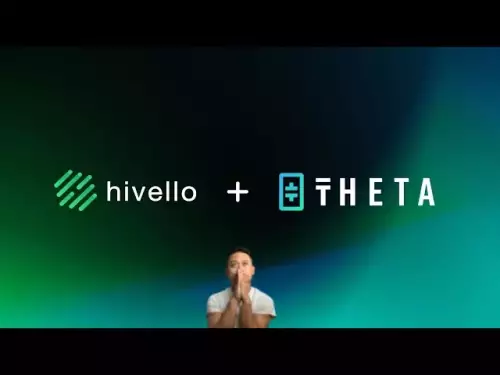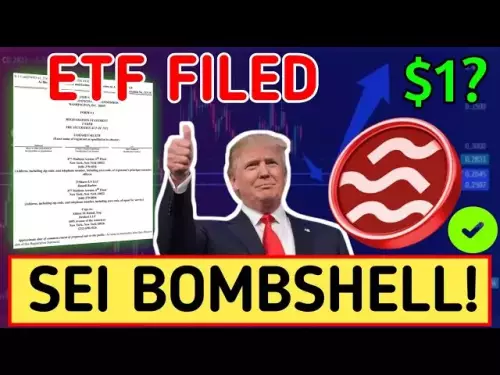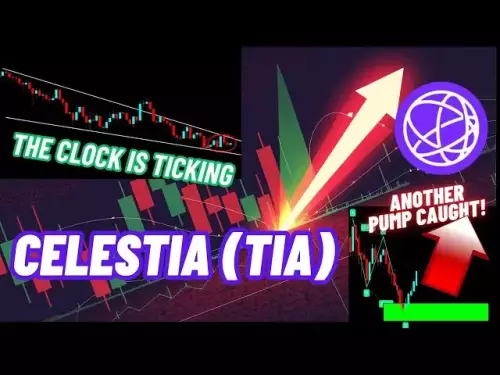-
 Bitcoin
Bitcoin $108500
-2.74% -
 Ethereum
Ethereum $4355
-2.78% -
 Tether USDt
Tether USDt $1.000
0.00% -
 XRP
XRP $2.815
-3.82% -
 BNB
BNB $858.1
-1.50% -
 Solana
Solana $205.1
-5.45% -
 USDC
USDC $0.9997
-0.02% -
 Dogecoin
Dogecoin $0.2168
-2.33% -
 TRON
TRON $0.3392
-1.39% -
 Cardano
Cardano $0.8326
-2.10% -
 Chainlink
Chainlink $23.35
-3.33% -
 Hyperliquid
Hyperliquid $44.45
-3.23% -
 Ethena USDe
Ethena USDe $1.001
-0.03% -
 Sui
Sui $3.299
-4.46% -
 Stellar
Stellar $0.3595
-3.95% -
 Bitcoin Cash
Bitcoin Cash $531.3
-4.35% -
 Cronos
Cronos $0.2992
-2.33% -
 Avalanche
Avalanche $23.58
-5.57% -
 Hedera
Hedera $0.2260
-4.25% -
 UNUS SED LEO
UNUS SED LEO $9.505
-0.82% -
 Litecoin
Litecoin $110.5
-2.45% -
 Toncoin
Toncoin $3.091
-1.91% -
 Shiba Inu
Shiba Inu $0.00001233
-1.95% -
 Polkadot
Polkadot $3.799
-3.73% -
 Uniswap
Uniswap $9.625
-3.38% -
 Dai
Dai $0.9999
0.00% -
 Bitget Token
Bitget Token $4.540
-1.59% -
 Monero
Monero $261.9
-1.23% -
 Aave
Aave $314.4
-0.18% -
 Ethena
Ethena $0.6572
-1.68%
What is a limit order versus a market order?
Limit orders let traders set specific buy/sell prices for cryptocurrencies, ensuring price control but not guaranteed execution, ideal for volatile markets.
Aug 30, 2025 at 01:01 am
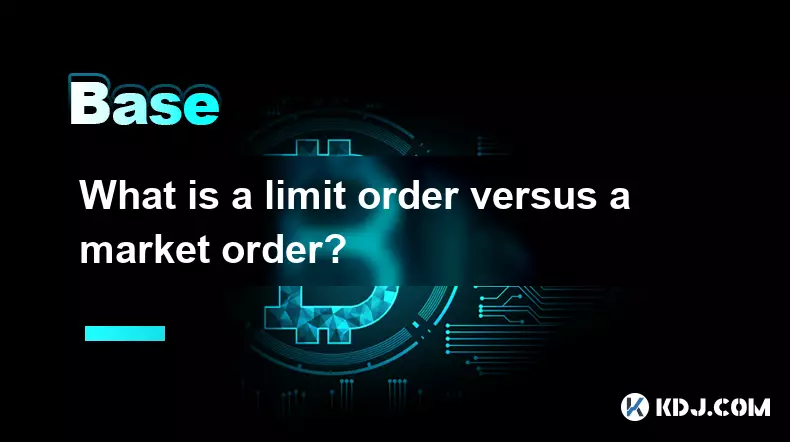
Understanding Limit Orders in Cryptocurrency Trading
1. A limit order allows traders to set a specific price at which they are willing to buy or sell a cryptocurrency. This type of order will only execute when the market reaches the predetermined price, giving traders greater control over their transaction costs.
2. When placing a buy limit order, the execution happens at the limit price or lower. For example, if a trader sets a buy limit at $30,000 for Bitcoin, the order will fill only when the market price drops to $30,000 or below.
3. Conversely, a sell limit order executes at the specified price or higher. If a trader owns Ethereum and sets a sell limit at $2,500, the sale will occur only when the market price meets or exceeds that level.
4. Limit orders are particularly useful in volatile markets where prices can swing rapidly. They help traders avoid emotional decisions by adhering to a predefined strategy.
5. One major advantage of limit orders is price precision, which helps prevent slippage during periods of high volatility. However, there is no guarantee of execution if the market never reaches the set price.
The Role of Market Orders in Fast Execution
1. A market order is an instruction to buy or sell a cryptocurrency immediately at the best available current price. Unlike limit orders, market orders prioritize speed over price control.
2. When a trader places a market buy order, they agree to purchase the asset at the lowest ask price in the order book. Similarly, a market sell order executes at the highest bid price available.
3. Market orders are ideal when immediate execution is more important than the exact price. Traders often use them during fast-moving markets or when entering or exiting positions quickly.
4. Due to their instant nature, market orders are susceptible to slippage—especially in low-liquidity markets or during sudden price movements. This means the final execution price may differ from the expected price at the time of order placement.
5. Market orders guarantee execution but not price, making them riskier in highly volatile conditions. Large market orders can also impact the price, especially for less liquid altcoins.
Choosing Between Order Types Based on Strategy
1. Traders focused on cost efficiency and precise entry or exit points typically prefer limit orders. These orders align well with technical analysis strategies where support and resistance levels dictate trade setups.
2. Day traders and scalpers may use a combination of both order types. They might place limit orders to enter at key levels and use market orders to exit quickly when targets are hit.
3. Long-term investors often use market orders when accumulating assets over time, especially in highly liquid markets like Bitcoin or Ethereum, where slippage is minimal.
4. In low-volume trading pairs, limit orders are strongly recommended to avoid unfavorable fills and excessive price impact. Market orders in such environments can lead to significant deviations from expected prices.
5. Algorithmic trading systems frequently rely on limit orders to minimize transaction costs and avoid triggering unwanted price movements across the market.
Frequently Asked Questions
What happens if a limit order is not filled?If the market price does not reach the specified limit price, the order remains open until canceled or expired. Some exchanges allow time-based expiration for limit orders, after which they are automatically removed from the order book.
Can a market order be partially filled?Yes, market orders can be partially filled, especially in markets with limited liquidity. The remaining portion executes against the next best available prices until the full quantity is filled.
Why might a limit order execute at a better price than set?A buy limit order can execute at a price lower than the specified limit if better asks are available. Similarly, a sell limit order may fill at a higher price if matching bids exceed the limit, providing an advantageous fill for the trader.
Do all cryptocurrency exchanges support both order types?Most major exchanges support both limit and market orders. However, some smaller or specialized platforms may restrict certain order types, particularly for less-traded assets or in specific trading modes like OTC desks.
Disclaimer:info@kdj.com
The information provided is not trading advice. kdj.com does not assume any responsibility for any investments made based on the information provided in this article. Cryptocurrencies are highly volatile and it is highly recommended that you invest with caution after thorough research!
If you believe that the content used on this website infringes your copyright, please contact us immediately (info@kdj.com) and we will delete it promptly.
- BlockDAG, ETH, and PEPE Coin: Decoding the Crypto Hype in the City That Never Sleeps
- 2025-08-30 11:50:12
- Paige Bueckers, Micah Parsons, and Luka Doncic: A whirlwind of trades, stardom, and cross-sport admiration
- 2025-08-30 09:25:36
- Bitcoin, Settlement, and Accounting Standards: A New Era of Transparency?
- 2025-08-30 10:10:12
- Bitcoin Price, Eric Trump, and AMDax: A Million-Dollar Prediction and a 1% Supply Grab
- 2025-08-30 10:45:57
- Bitcoin, Halving, and Institutional Trust: A Million-Dollar Forecast?
- 2025-08-30 11:25:28
- CoinShares and Valkyrie: A Crypto Deal Shaking Up the ETF Landscape
- 2025-08-30 12:05:16
Related knowledge
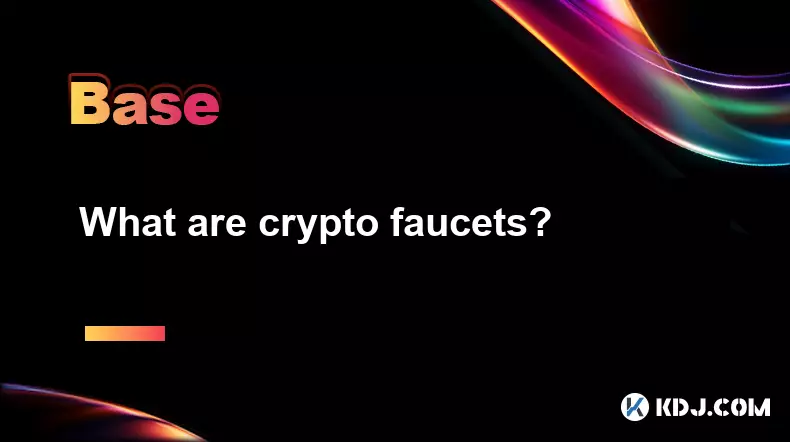
What are crypto faucets?
Aug 30,2025 at 08:10am
Understanding Crypto Faucets1. Crypto faucets are online platforms that distribute small amounts of cryptocurrency to users for completing simple task...

What are privacy coins?
Aug 30,2025 at 06:18am
Understanding Privacy Coins in the Cryptocurrency Ecosystem1. Privacy coins are a category of cryptocurrencies specifically designed to enhance transa...
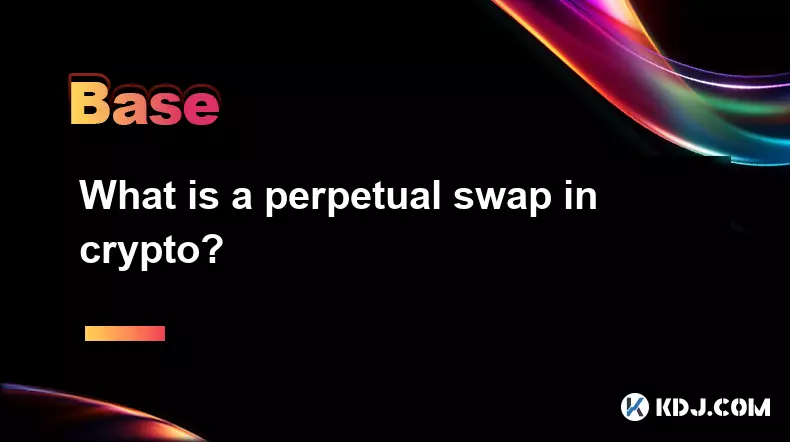
What is a perpetual swap in crypto?
Aug 30,2025 at 12:55am
Understanding Perpetual Swaps in the Cryptocurrency Market1. A perpetual swap is a type of derivative contract that allows traders to speculate on the...
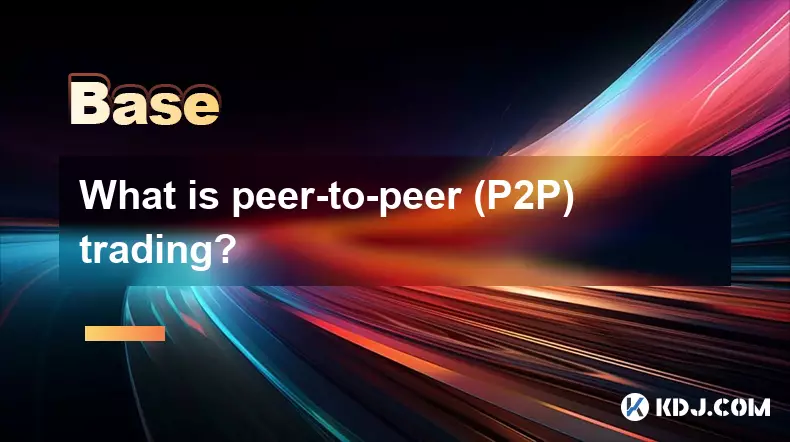
What is peer-to-peer (P2P) trading?
Aug 29,2025 at 11:00pm
Understanding Peer-to-Peer (P2P) Trading in the Cryptocurrency Ecosystem1. Peer-to-peer (P2P) trading refers to the direct exchange of digital assets ...

What is a crypto ATM and how do I use one?
Aug 29,2025 at 01:42pm
What Is a Crypto ATM?1. A crypto ATM is a physical kiosk that allows users to buy or sell cryptocurrencies using cash or a debit card. Unlike traditio...
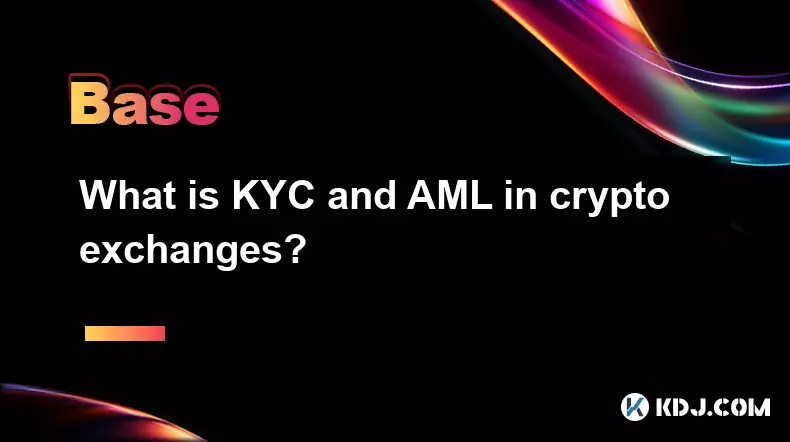
What is KYC and AML in crypto exchanges?
Aug 29,2025 at 09:00pm
Understanding KYC in Cryptocurrency Exchanges1. KYC, or Know Your Customer, is a mandatory verification process used by crypto exchanges to confirm th...

What are crypto faucets?
Aug 30,2025 at 08:10am
Understanding Crypto Faucets1. Crypto faucets are online platforms that distribute small amounts of cryptocurrency to users for completing simple task...

What are privacy coins?
Aug 30,2025 at 06:18am
Understanding Privacy Coins in the Cryptocurrency Ecosystem1. Privacy coins are a category of cryptocurrencies specifically designed to enhance transa...

What is a perpetual swap in crypto?
Aug 30,2025 at 12:55am
Understanding Perpetual Swaps in the Cryptocurrency Market1. A perpetual swap is a type of derivative contract that allows traders to speculate on the...

What is peer-to-peer (P2P) trading?
Aug 29,2025 at 11:00pm
Understanding Peer-to-Peer (P2P) Trading in the Cryptocurrency Ecosystem1. Peer-to-peer (P2P) trading refers to the direct exchange of digital assets ...

What is a crypto ATM and how do I use one?
Aug 29,2025 at 01:42pm
What Is a Crypto ATM?1. A crypto ATM is a physical kiosk that allows users to buy or sell cryptocurrencies using cash or a debit card. Unlike traditio...

What is KYC and AML in crypto exchanges?
Aug 29,2025 at 09:00pm
Understanding KYC in Cryptocurrency Exchanges1. KYC, or Know Your Customer, is a mandatory verification process used by crypto exchanges to confirm th...
See all articles





















